| Fecha | Área | Bruto |
|---|---|---|
| 15 June 2012 | USA | USD 216,540,909 |
| 21 May 1999 | USA | USD 216,119,491 |
| 16 May 1999 | USA | USD 215,947,925 |
| 9 May 1999 | USA | USD 215,708,905 |
| 2 May 1999 | USA | USD 215,406,842 |
| 25 April 1999 | USA | USD 214,955,470 |
| 18 April 1999 | USA | USD 214,276,095 |
| 11 April 1999 | USA | USD 213,564,566 |
| 4 April 1999 | USA | USD 212,824,628 |
| 28 March 1999 | USA | USD 211,698,492 |
| 21 March 1999 | USA | USD 210,214,222 |
| 14 March 1999 | USA | USD 208,671,338 |
| 7 March 1999 | USA | USD 207,317,275 |
| 28 February 1999 | USA | USD 205,565,595 |
| 21 February 1999 | USA | USD 203,152,221 |
| 14 February 1999 | USA | USD 199,916,362 |
| 8 November 1998 | USA | USD 190,373,184 |
| 1 November 1998 | USA | USD 189,658,496 |
| 25 October 1998 | USA | USD 188,807,215 |
| 18 October 1998 | USA | USD 187,722,738 |
| 11 October 1998 | USA | USD 186,258,581 |
| 4 October 1998 | USA | USD 184,341,779 |
| 27 September 1998 | USA | USD 181,818,565 |
| 20 September 1998 | USA | USD 178,091,556 |
| 13 September 1998 | USA | USD 173,076,992 |
| 30 August 1998 | USA | USD 155,289,398 |
| 23 August 1998 | USA | USD 142,748,038 |
| 16 August 1998 | USA | USD 126,035,694 |
| 9 August 1998 | USA | USD 103,770,977 |
| 2 August 1998 | USA | USD 73,362,161 |
| 26 July 1998 | USA | USD 30,576,104 |
| 28 March 1999 | UK | GBP 18,740,016 |
| 21 March 1999 | UK | GBP 18,571,312 |
| 14 March 1999 | UK | GBP 18,398,276 |
| 6 December 1998 | UK | GBP 17,687,082 |
| 29 November 1998 | UK | GBP 17,600,309 |
| 22 November 1998 | UK | GBP 17,465,386 |
| 15 November 1998 | UK | GBP 17,284,661 |
| 8 November 1998 | UK | GBP 17,007,157 |
| 1 November 1998 | UK | GBP 16,612,495 |
| 25 October 1998 | UK | GBP 15,956,810 |
| 18 October 1998 | UK | GBP 15,149,037 |
| 11 October 1998 | UK | GBP 13,898,774 |
| 4 October 1998 | UK | GBP 12,170,437 |
| 27 September 1998 | UK | GBP 9,760,779 |
| 20 September 1998 | UK | GBP 6,731,817 |
| 13 September 1998 | UK | GBP 2,704,522 |
| 15 June 2012 | Worldwide | USD 481,840,909 |
| 1998 | Non-USA | USD 265,300,000 |
| Argentina | USD 3,118,904 | |
| 31 December 1999 | France | USD 21,517,439 |
| 31 December 1999 | Germany | EUR 24,243,983 |
| Netherlands | EUR 5,373,917 | |
| Singapore | SGD 2,210,000 | |
| 26 September 2003 | Spain | EUR 9,933,415 |
| Fecha | Área | Bruto | Pantalla |
|---|---|---|---|
| 26 July 1998 | USA | USD 30,576,104 | 2,463 |
| 13 September 1998 | UK | GBP 2,704,522 | 423 |
| Fecha | Área | Bruto | Pantalla |
|---|---|---|---|
| 23 May 1999 | USA | USD 105,878 | 258 |
| 16 May 1999 | USA | USD 143,582 | 319 |
| 9 May 1999 | USA | USD 182,143 | 401 |
| 2 May 1999 | USA | USD 268,659 | 524 |
| 25 April 1999 | USA | USD 431,753 | 627 |
| 18 April 1999 | USA | USD 558,862 | 711 |
| 11 April 1999 | USA | USD 455,512 | 498 |
| 4 April 1999 | USA | USD 705,892 | 542 |
| 28 March 1999 | USA | USD 970,435 | 655 |
| 21 March 1999 | USA | USD 1,060,406 | 616 |
| 14 March 1999 | USA | USD 858,625 | 616 |
| 7 March 1999 | USA | USD 1,177,743 | 945 |
| 28 February 1999 | USA | USD 1,635,318 | 1008 |
| 21 February 1999 | USA | USD 2,417,157 | 1,139 |
| 14 February 1999 | USA | USD 3,952,491 | 1,140 |
| 7 February 1999 | USA | USD 3,609,717 | 1,027 |
| 31 January 1999 | USA | USD 28,768 | 4 |
| 24 January 1999 | USA | USD 26,340 | 4 |
| 10 January 1999 | USA | USD 27,088 | 4 |
| 3 January 1999 | USA | USD 34,590 | 4 |
| 15 November 1998 | USA | USD 9,613 | 3 |
| 8 November 1998 | USA | USD 448,234 | 502 |
| 1 November 1998 | USA | USD 568,678 | 707 |
| 25 October 1998 | USA | USD 740,795 | 757 |
| 18 October 1998 | USA | USD 903,995 | 851 |
| 11 October 1998 | USA | USD 1,300,581 | 1,230 |
| 4 October 1998 | USA | USD 1,674,034 | 1,510 |
| 27 September 1998 | USA | USD 2,511,565 | 2,203 |
| 20 September 1998 | USA | USD 3,405,161 | 2,511 |
| 13 September 1998 | USA | USD 4,504,502 | 2,705 |
| 6 September 1998 | USA | USD 8,825,090 | 2,807 |
| 30 August 1998 | USA | USD 8,092,750 | 2,774 |
| 23 August 1998 | USA | USD 10,142,045 | 2,671 |
| 16 August 1998 | USA | USD 13,157,819 | 2,654 |
| 9 August 1998 | USA | USD 17,398,000 | 2,592 |
| 2 August 1998 | USA | USD 23,601,801 | 2,540 |
| 26 July 1998 | USA | USD 30,576,104 | 2,463 |
| 28 March 1999 | UK | GBP 72,459 | 86 |
| 21 March 1999 | UK | GBP 79,534 | 114 |
| 14 March 1999 | UK | GBP 73,021 | 106 |
| 6 December 1998 | UK | GBP 46,076 | 65 |
| 29 November 1998 | UK | GBP 78,514 | 78 |
| 22 November 1998 | UK | GBP 98,437 | 91 |
| 15 November 1998 | UK | GBP 143,432 | 108 |
| 8 November 1998 | UK | GBP 188,219 | 138 |
| 1 November 1998 | UK | GBP 281,502 | 173 |
| 25 October 1998 | UK | GBP 423,342 | 205 |
| 18 October 1998 | UK | GBP 675,992 | 299 |
| 11 October 1998 | UK | GBP 931,140 | 402 |
| 4 October 1998 | UK | GBP 1,367,408 | 426 |
| 27 September 1998 | UK | GBP 1,695,902 | 419 |
| 20 September 1998 | UK | GBP 2,077,362 | 425 |
| 13 September 1998 | UK | GBP 2,704,522 | 423 |
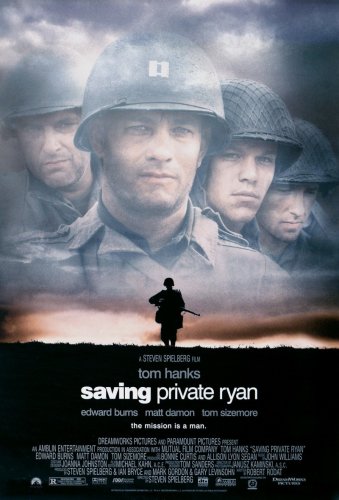

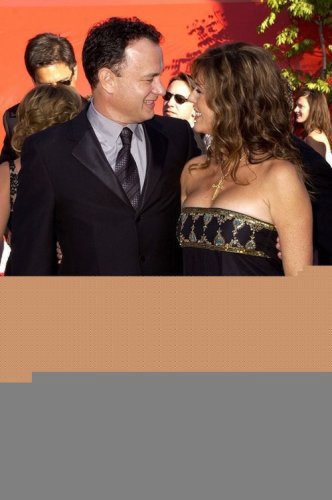
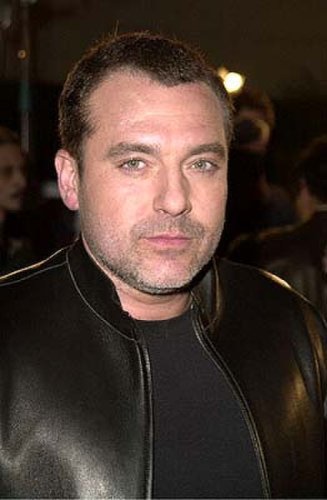
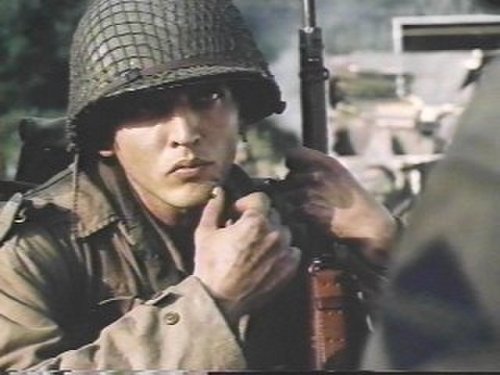


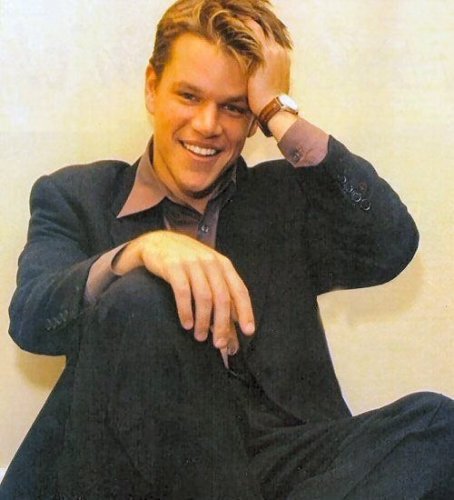
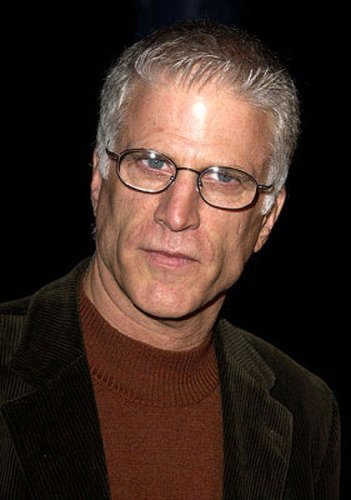
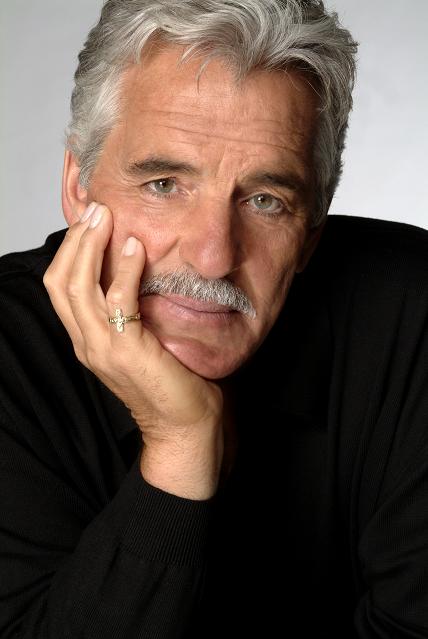

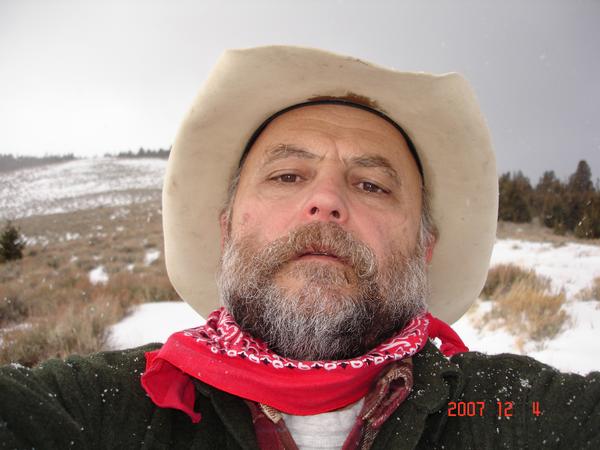
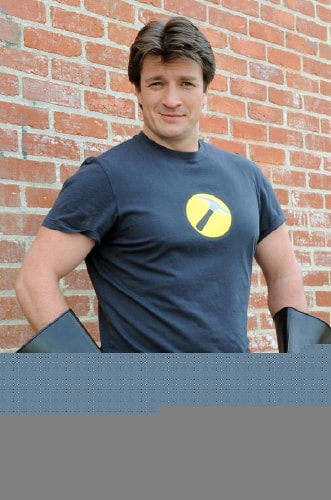








_for_Transformers_-_Revenge_of_the_Fallen_2008-09-27.jpg)

.jpg)